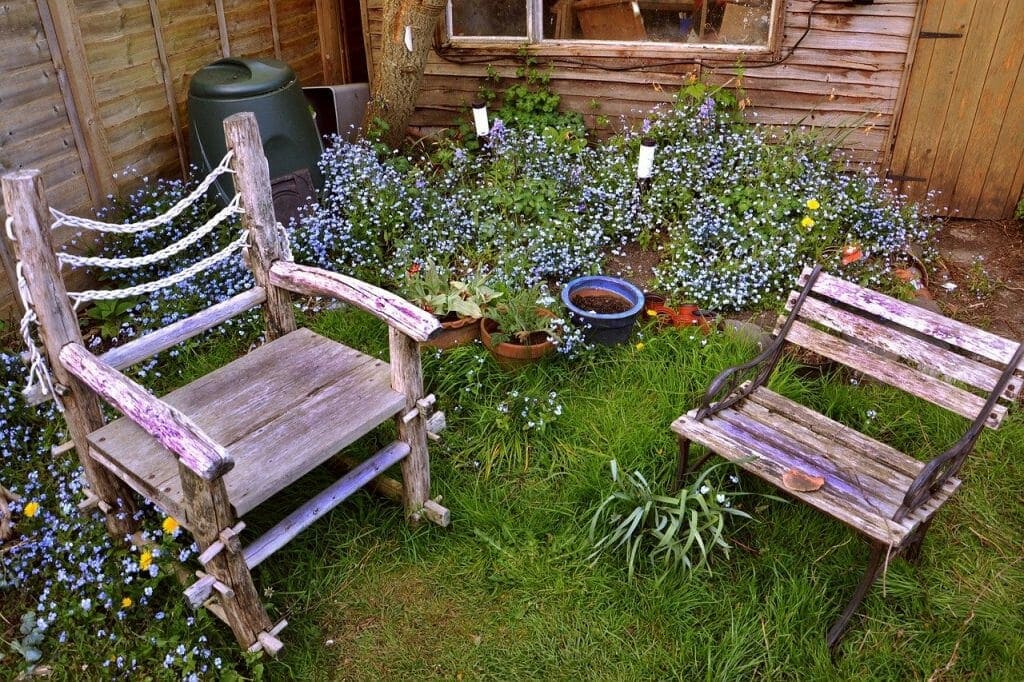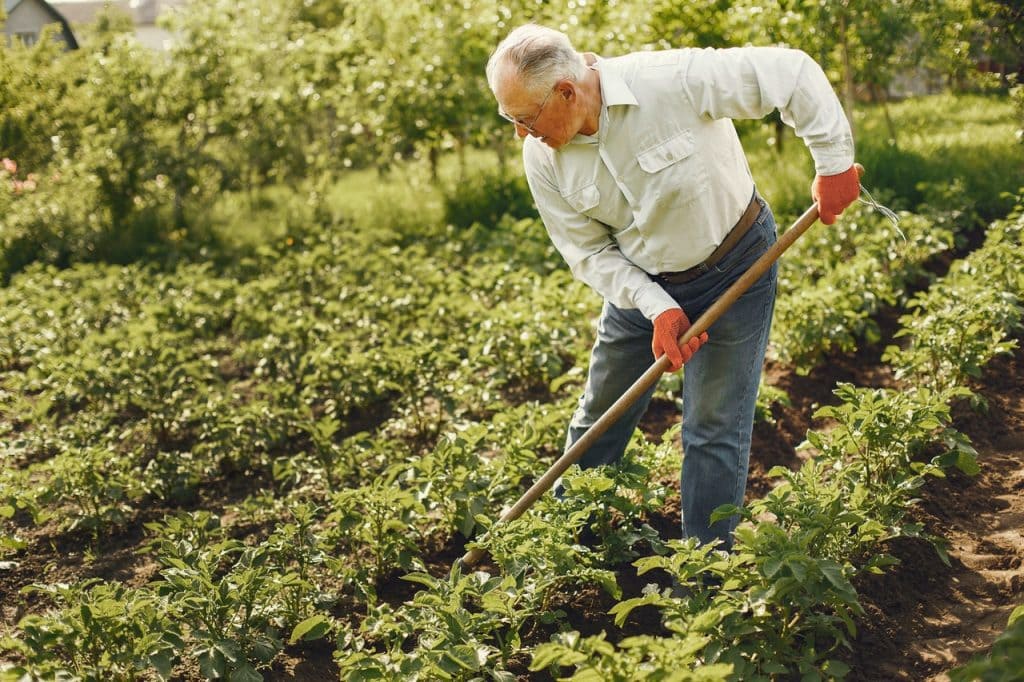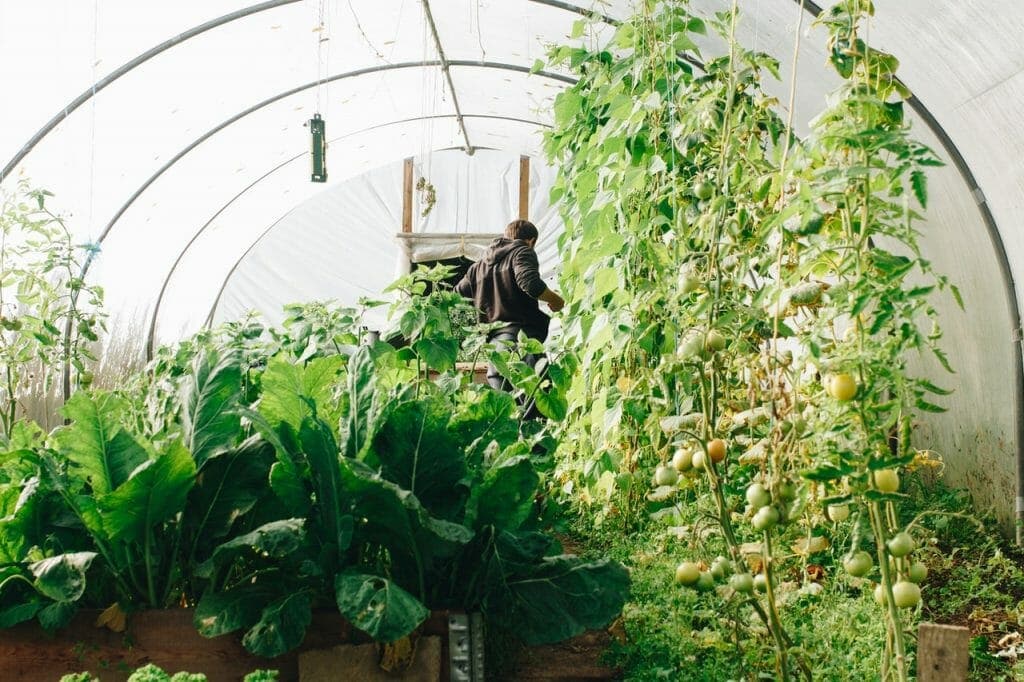Written by Andrew McGuire and published on https://gardensimply.com/
If you’ve grown and harvested plants in your garden in the past, these crops took up the nutrients from the soil, and those nutrients should be replaced in the spring before more plants are grown there. This is where fertilizer (organic or processed) plays a role. Fertilizers replace lost nutrients, which ensures that soil nutrient levels are at an acceptable level for healthy growth.
If you are a brand-new gardener, the ideal first step is to get a basic soil test in the autumn to see what kind and amount of fertilizer to apply to get to a “basic fertility” level. (See more about testing below.) We recognize that not every gardener takes the time to do a soil test, but we recommend it; you may even find that the fertility level of your garden is already adequate.
How To Apply Fertilizer During Springtime To Feed Your Garden
If you’re new to gardening, you may have heard about the importance of applying fertilizer to your plants. Plants need light, moisture, and nutrients for growth and development. If there are times where your plants aren’t growing well, applying fertilizers can be a great help, especially when the soil lacks some essential nutrients for your plants to grow.
When’s the best time to apply this treatment is during spring. Applying fertilizer during spring helps with plant recovery from damages caused by the freezing winter. It also aids in the plants’ growth and production. So, if you are in the market looking for the best soil fertilizer in spring, read on to know more.
Importance of Fertilizing During Spring
Spring season is the perfect time to feed your plants all the goodness they need after fighting off the harsh cold winter months. Applying fertilizer in early spring will encourage plant growth and production as fertilizers contain beneficial elements for your plants’ general health.
Use fertilizer on your plants during their peak growing cycle as it is the time when it is most effective. Spring is the time when your plants are growing out new leaves or flowering. But you have to wait until the ground is no longer frozen to ensure new growth and won’t be killed by the remaining frost.
Most gardeners use the best soil fertilizer or an all-purpose fertilizer with evenly-balanced elements or the ones that are slightly higher in nitrogen. While applying fertilizers in spring may be a good rule of thumb, understanding what your plants need when growing is essential.
Take a Soil Test
One way to know the level of nutrients of your soil is to test it. These tests are usually available at a low-cost or for free from a local cooperative extension. It is easy to do and will guide you on your fertilizer applications. This will identify if your garden soil has less or high levels of nutrients. It is essential to know if your soil has high amounts already, as adding fertilizer will only inhibit plants’ growth.
Read the Labels
If ever you see numbers or labels on the bags, don’t be confused. These numbers mean something and what you need to know about the fertilizer. This is the fertilizer analysis which indicates the percentage of nitrogen (N), phosphorus (P), and potassium (K) – three nutrients that plants need the most. So, for example, if you are staring at a 100-pound bag of 10-20-10 fertilizer, it contains 10 pounds of nitrogen, 20 pounds of phosphorus, and 10 pounds of potassium, respectively. This means that the bag has 40 pounds of nutrients and 60 pounds of either filler or carrier like sand, rice hulls, or perlite. These nutrients come in various strengths; they can be processed or organic and in liquid or granular.
Applying Fertilizers
The general rule of thumb when applying fertilizer is three pounds (15.kg) of nitrogen (N) per one thousand square feet (93 square meters) is good enough on woody plants. You can adjust that number to half for ornamental plants. Perennial plants benefit from one pound of nitrogen per 1,000 feet or 93 square meters. Knowing the best time of the day when fertilizing is also important and avoid excessive fertilizer. Doing it overboard can be as bad as not fertilizing your plants.
Conclusion
It is always an excellent idea to apply the best soil fertilizer in your garden during springtime. Fertilizing during this season will help your plants heal damages caused by the harsh freezing months of winter. The best soil fertilizer will encourage plants’ growth and production, giving them vigor once again and a head start for the next season.
Original post here https://gardensimply.com/how-to-apply-fertilizer-during-springtime-to-feed-your-garden/.



